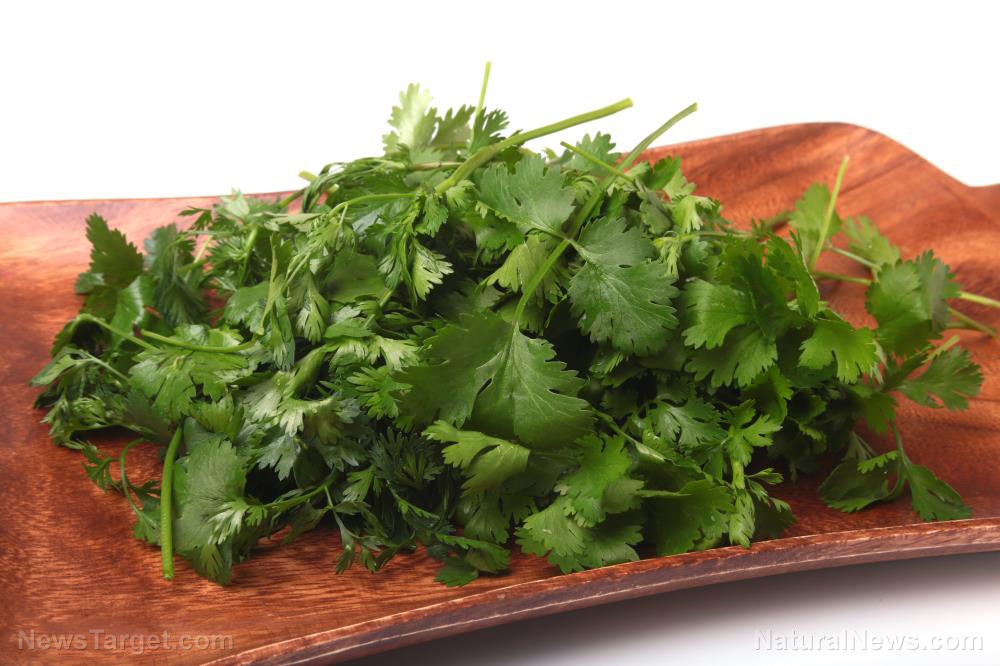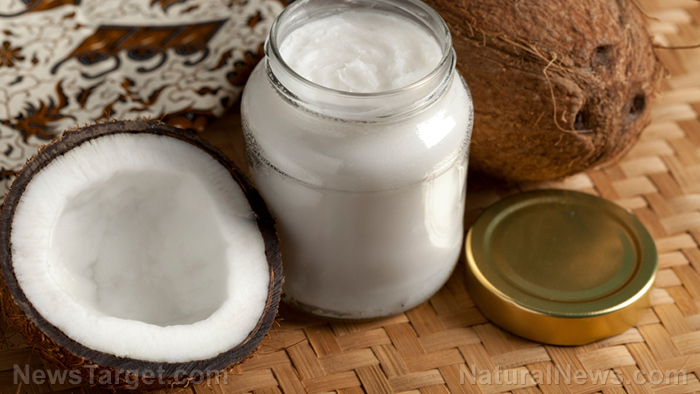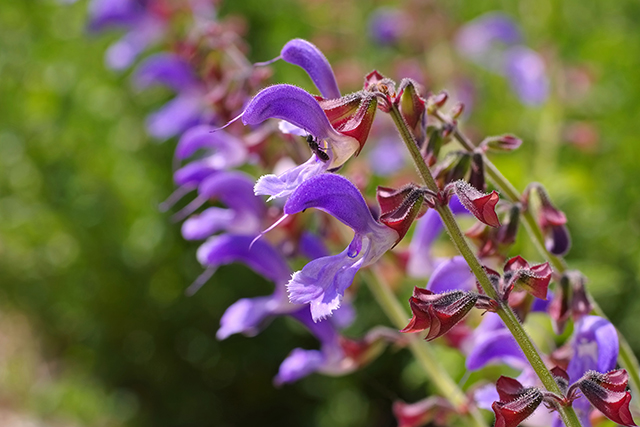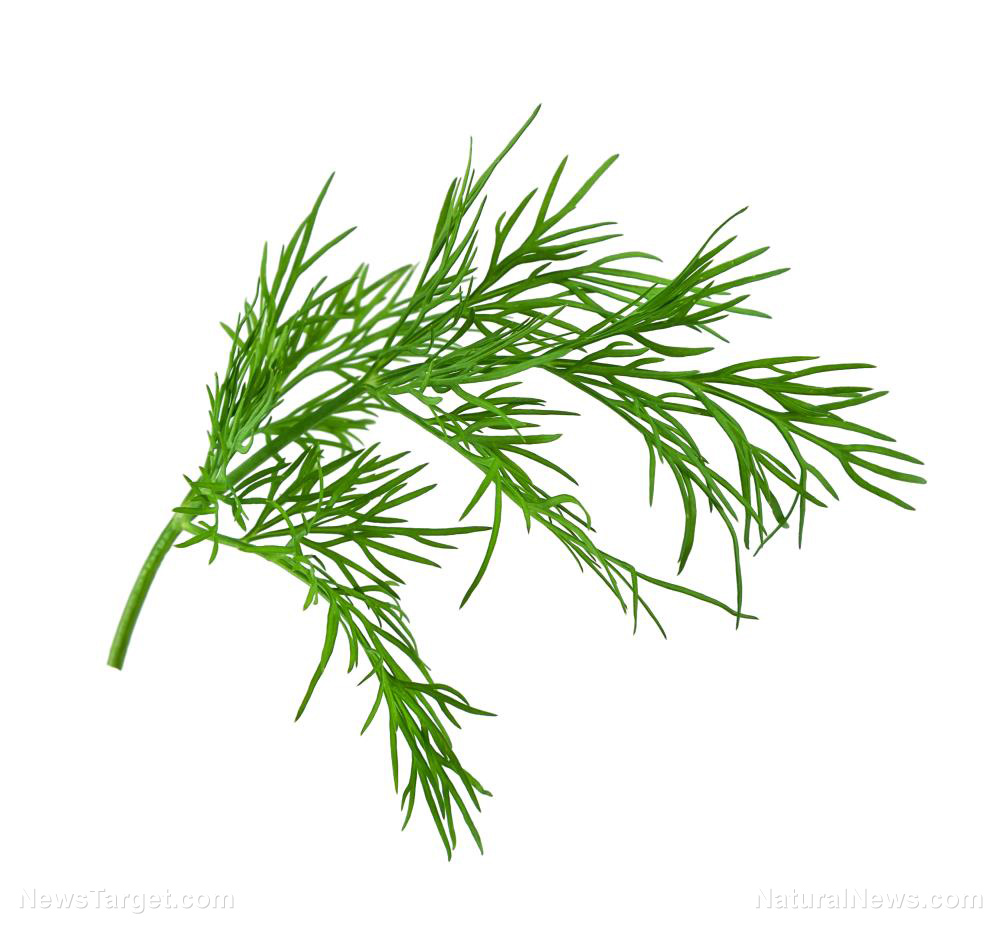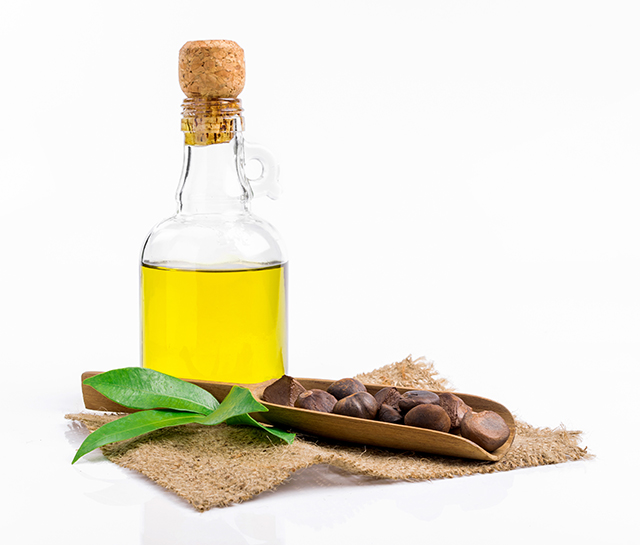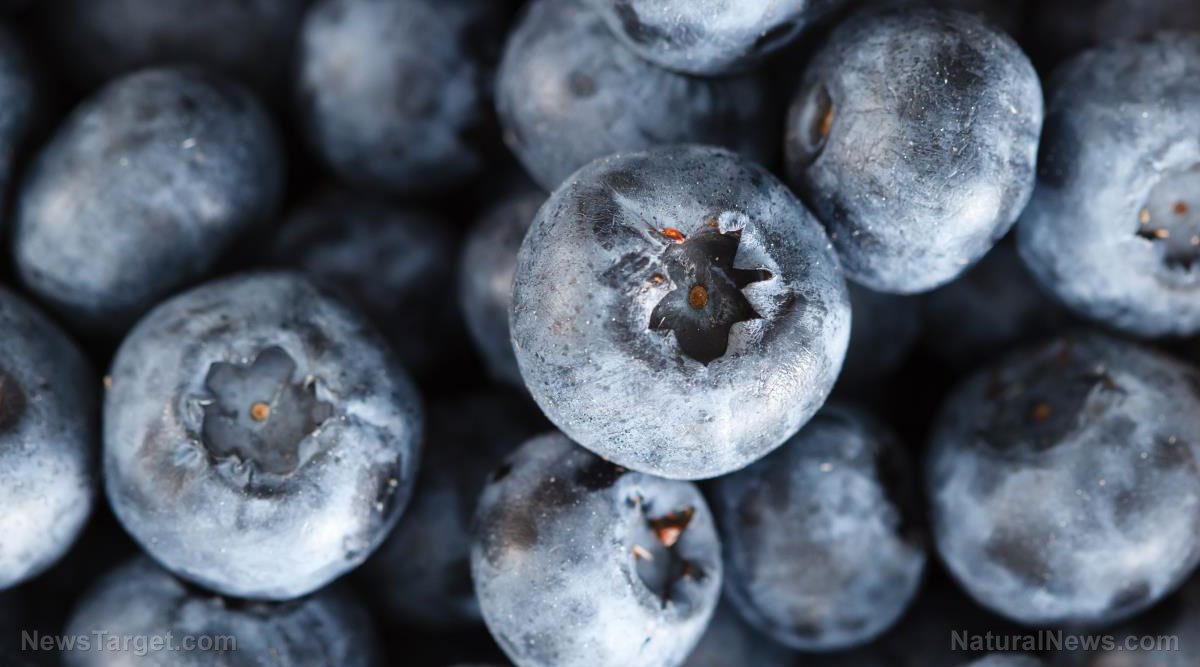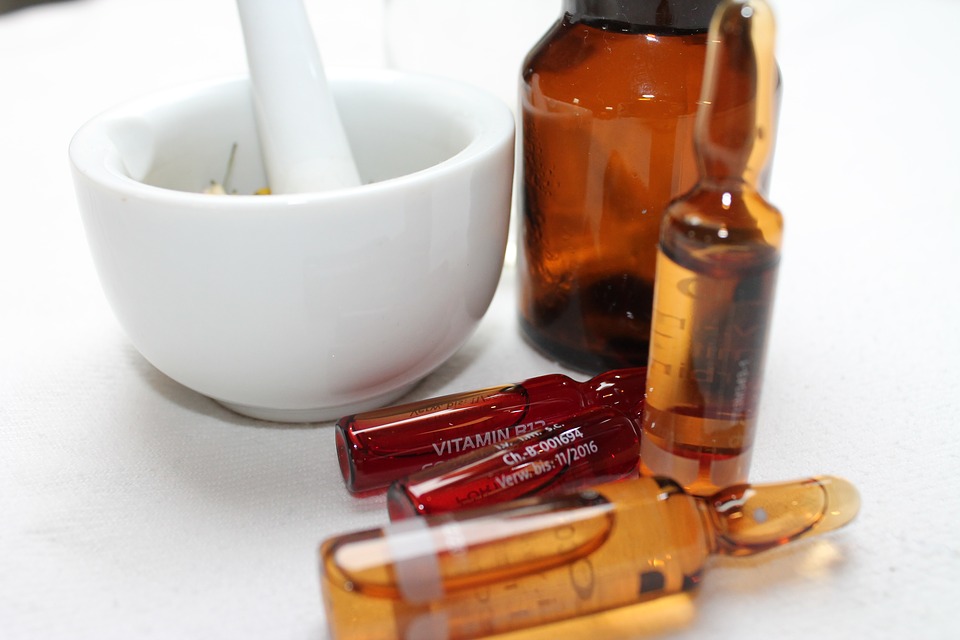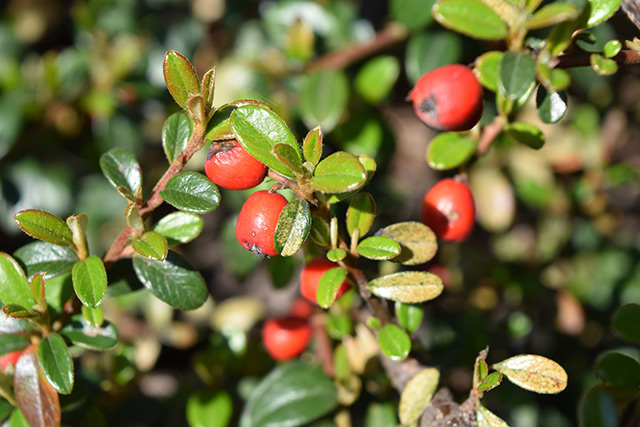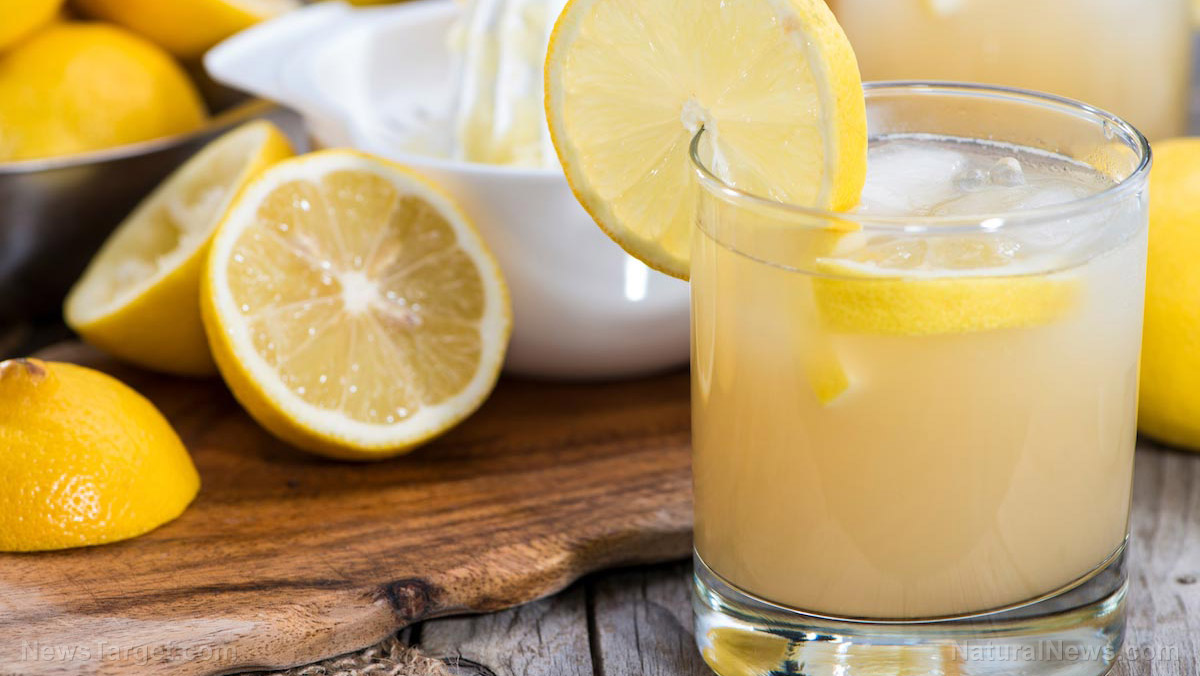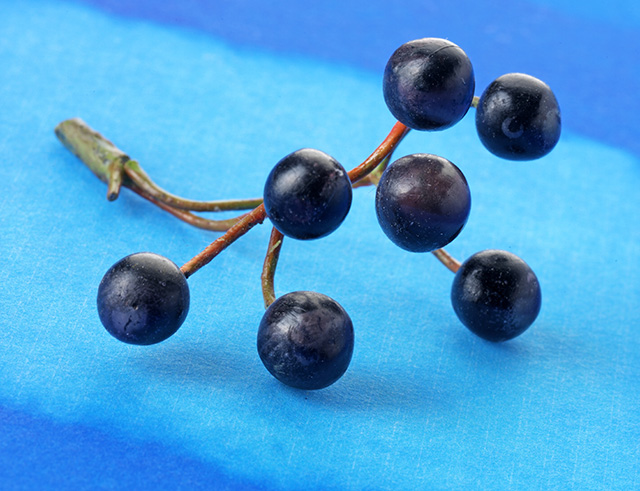Nutritionists find that turmeric is a safe and natural way of preserving fish
06/23/2018 / By Ralph Flores
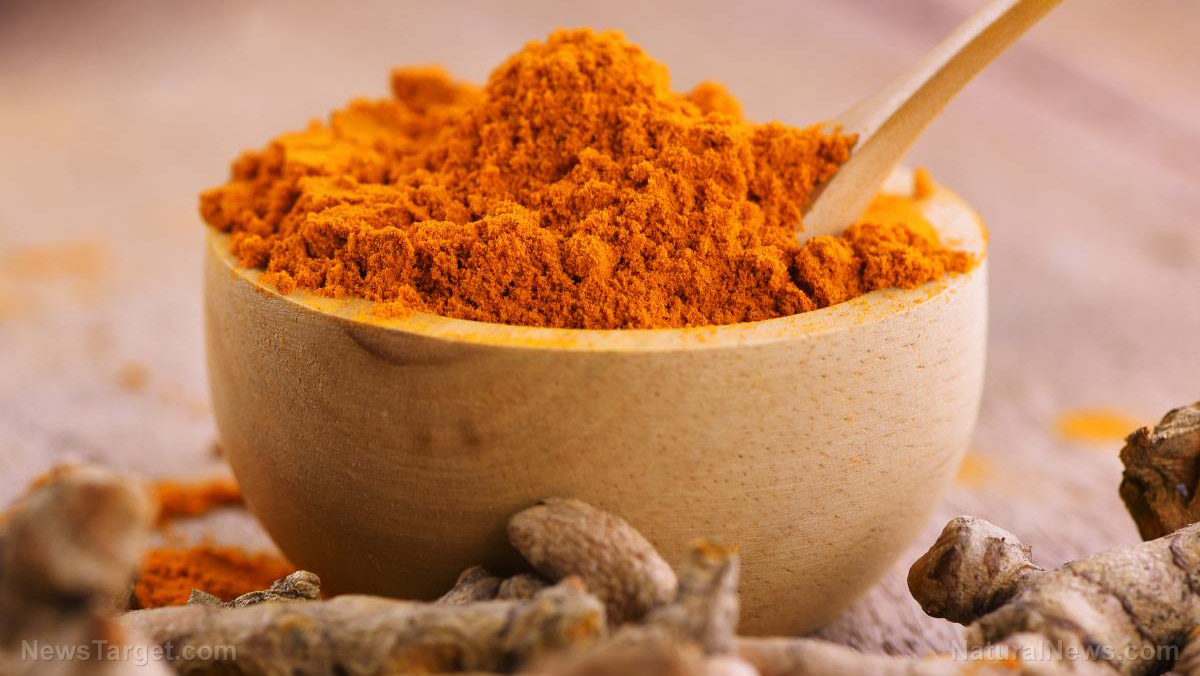
Turmeric, for the uninitiated, has a lot of health benefits – making it a staple in a lot of dishes and traditional medicine the world over. However, a study published in the open-access journal CyTA – Journal of Food has introduced a novel method of using this already widely used spice. In the study, researchers from Alagappa University in India and the Universidade de Santiago de Compostela in Spain have found that adding turmeric extracts to cuttlefish can dramatically lengthen its shelf life, as well as improve its quality.
One of the main challenges that the seafood industry has is rapid spoilage – of which the cuttlefish is not exempt. Using the Torry score, a benchmark used to determine the quality of fish using a sensory assessment, the quality of cuttlefish, after it has been cooked, can deteriorate from “fresh” to “slightly sour” in as little as eight days in ice storage after capture.
In this study, researchers added more variables, aside from sensory assessments, to estimate the shelf life of fish. One of the methods that they added included biogenic amine (BA), a nitrogenous compound produced by certain bacteria after they break down amino acids in seafood. If a person consumes seafood with high levels of BA, this can lead to severe toxicological symptoms like respiratory distress, heart palpitations, and even hypertension. To address this, researchers looked at whether turmeric, with its antibacterial properties, can inhibit the growth of BA-causing microbes. They also investigated how it can affect the quality of cuttlefish muscle as well as its lipid oxidation.
Researchers used shortclub cuttlefish (Sepia brevimana), a species of cuttlefish found in India and Southeast Asia, for the study. The samples were collected and stored on ice immediately. The samples were then divided into two groups – half of them were prepared, then dipped in a solution made from 0.5 percent turmeric extract for 30 minutes, while the other was only prepared as a control group. Both were packed and stored in a box which was kept at four degrees Celsius for 18 days. During this time, data such as sensory attributes, chemical changes, and microbiological quality were evaluated by the researchers.
Based on the results, the team found that cuttlefish that were treated with turmeric scored better in the sensory assessment than the control group. Those that were treated with turmeric lasted 15 days before they were rejected due to noticeable muscle deterioration and the presence of an unpleasant odor. In comparison, those in the control group were rejected after 12 days. Researchers believe that the preserving action of turmeric could be attributed to its essential oils, curcumin, and valeric acid – which are the main compounds present in turmeric.
The biochemical quality index differences between the two groups had a similar trend, with those treated with turmeric posting more significant increases in value than the control group, as well as a lower microbiological count. This, in turn, led to decreased BA amounts in turmeric-treated cuttlefish, which researchers say is because of the “antimicrobial properties of curcumin and curcuminoids present in turmeric.”
According to these results, the researchers concluded that a combination of turmeric and low temperatures can prevent bacterial growth and extend the shelf life of cuttlefish without “changing its appearance, flavor, and texture.” These results, they proffered, have the potential to be used in the fish-processing industry as a natural approach to preserving fish. (Related: The six health benefits of turmeric.)
To learn more about cuttlefish, including its health benefits, head on over to Food.news today.
Sources include:
Tagged Under: Antimicrobial, cuttlefish, fish, food quality, food safety, food spoilage, food supply, Microbes, preserving fish, S. brevimana, seafood, Sepia brevimana, shelf life, turmeric

